ATI - Adaptive Anti-Aliasing:
Most of the differences in our first screen shot from F.E.A.R. are related to the verticle railings behind the wire that completes the fencing. There are lighting differences and the image looks a lot smoother on the whole. As you increase the adaptive anti-aliasing quality, there are some small improvements in quality on the wire fencing too - these become more apparent when the player is moving around the game world.The differences between conventional anti-aliasing and performance adaptive anti-aliasing is quite large, while the difference between performance adaptive anti-aliasing and quality adaptive AA is more of an incremental change - the changes become more and more subtle as the detail increases.
Neither performance adaptive anti-aliasing or quality adaptive anti-aliasing manage to remove a great deal of the texture moire. We think that it's a common problem with the type of texture used here, as we've seen similar results in other titles, too.
The difference between the two adaptive anti-aliasing modes seems to be relatively small in this scenario because the alpha tested textures don't have massive amounts of transparent areas inside them. The textures smooth themselves out as the adaptive anti-aliasing level increases. The edges of the gaps in the steel walkway look smoother as a result of the gamma adjustments made when the GPU samples the alpha tested textures.
NVIDIA - Transparency Anti-Aliasing:
The first set of screen shots with transparency anti-aliasing shows some good improvements after adding transparency multisampling anti-aliasing. The progression from conventional anti-aliasing to transparency supersampled anti-aliasing is very notable.The vertical bars in the fence are aliased sufficiently enough to show some rather ugly lighting that crawls up and down the bars when you're moving toward and away from the fencing. With transparency multisampling, the effect is reduced somewhat but it's still apparent to the trained eye. When transparency supersampling is enabled, the effect virtually disappears and the whole scene looks a lot more uniform.
We thought that this selection of screenshots showed another example of where transparency anti-aliasing can be used to improve the image quality. This type of alpha-tested texture suffers from texture moire and it's really quite noticeable when you're walking forwards along the walkway.
Transparency multisampling helps to remove some of it, and the crawling is less apparent as a result of that. When transparency supersampling is used, the situation improves even more but it's not perfect as there is still the unattractive moire present on the walkway just below the crosshair. However, if you flick between the screen shots, you'll see that there is an improvement as the edges of the steel grating appear to be less sharp.

MSI MPG Velox 100R Chassis Review
October 14 2021 | 15:04




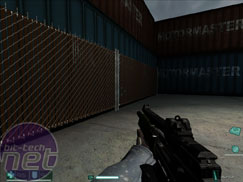
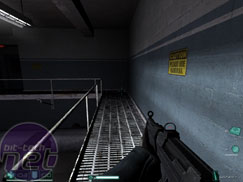
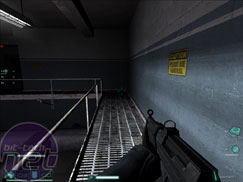
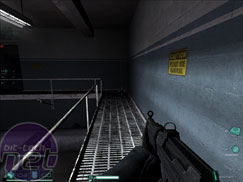
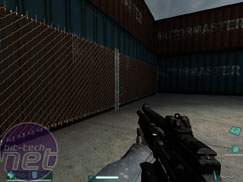
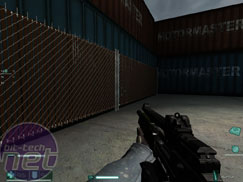
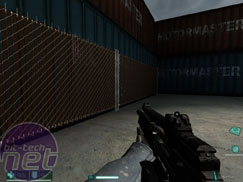
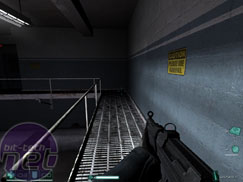
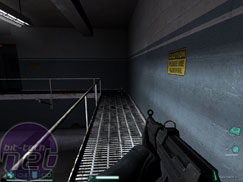





Want to comment? Please log in.